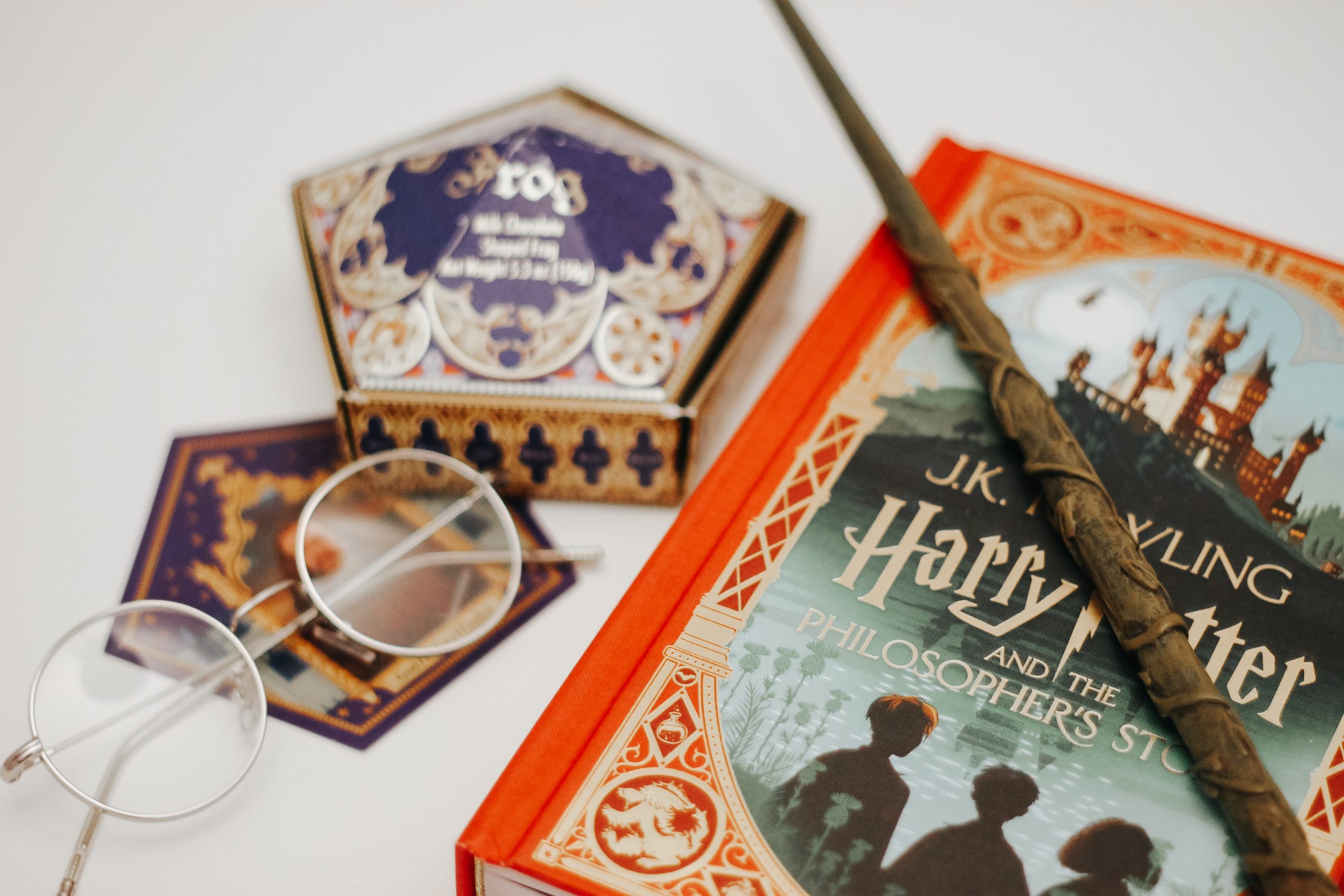Is Harry Potter suitable for young readers?6 min read
Are you ready to embark on a journey to Hogwarts, the enchanting school of witchcraft and wizardry created by the brilliant J.K. Rowling? Harry Potter, the bespectacled boy who lived, has cast an indelible spell on readers of all ages worldwide.
But, if you’re a parent or guardian, you might wonder, “Is Harry Potter suitable for young readers?” Fear not, for we’re going to dive into the world of Harry Potter and give you an answer to your question.
Contents
The Magical Appeal of Harry Potter
The Universal Allure
The world of Harry Potter has an enchanting charm that transcends age barriers. The magic begins with the characters and settings.
Children and adults alike can’t help but fall in love with the endearing trio – Harry, Ron, and Hermione. The whimsical creatures like Dobby the House-elf, Hippogriffs, and pygmy puffs add to the story’s depth and intrigue.
Harry Potter has a timeless quality, making it not just a story but a way of life. Its themes of friendship, bravery, and the enduring battle between good and evil are universal, making it a story that resonates with young readers.
The Educational Value
One of the most compelling aspects of Harry Potter is its potential to nurture young minds. The books encourage a love for reading and spark the imagination.
In the age of smartphones and social media, Harry Potter offers a delightful escape into a world of books and storytelling. The rich vocabulary and vivid descriptions help young readers expand their language skills and creative thinking.
The series is not just about magic and adventure; it teaches empathy, morality, and ethical decision-making.
Children learn about the consequences of choices through the characters’ experiences. The importance of loyalty, tolerance, and standing up for what’s right is beautifully woven into the narrative.
Age-Appropriate Considerations
Age Group Recommendations
While the Harry Potter series is generally suitable for young readers, it’s essential to consider the age and maturity level of the child. J.K. Rowling’s writing style evolves throughout the series, becoming darker and more complex as it progresses. As a rule of thumb:
- Ages 8-10: The first few books, such as Harry Potter and the Sorcerer’s Stone and Harry Potter and the Chamber of Secrets, are typically suitable for children in this age group. The tone is lighter, and the content is more age-appropriate.
- Ages 11-13: As readers grow, they can explore books like Harry Potter and the Prisoner of Azkaban and Harry Potter and the Goblet of Fire. These books introduce more complex themes and situations, making them ideal for preteens.
- Ages 14 and up: The later books in the series, including Harry Potter and the Order of the Phoenix, Harry Potter and the Half-Blood Prince, and Harry Potter and the Deathly Hallows, tackle darker and more mature themes. These are best suited for teenagers who can handle the emotional depth and intense situations depicted.
Open Communication with Young Readers
It’s crucial for you to engage in open conversations with your children. Discuss the themes and situations in the books and ensure they are comfortable with the content.
Encourage questions and provide guidance when necessary. Remember, the Harry Potter series provides ample opportunities for discussing real-life issues and moral dilemmas.
Promoting a Love for Reading
Themed Activities
To bring the Harry Potter aesthetic in daily life, you can engage in various themed activities with your kid:
- Harry Potter Movie Nights: Watch the movie adaptations after reading each book. This activity should be enjoyable for the whole family.
- Wizarding World Recipes: Try cooking recipes inspired by the series, like Butterbeer or pumpkin pasties.
- Harry Potter Crafts: Get creative with DIY crafts, like making your own wands or creating Hogwarts house banners. Alternatively, you can visit the official website and play quizzes or puzzles with your children.
- Visit Themed Attractions: If possible, plan a visit to a Harry Potter-themed attraction, such as The Wizarding World of Harry Potter, at Universal Studios.
Creating a Reading Routine
One of the most valuable aspects of Harry Potter is its potential to ignite a passion for reading in young readers. To encourage your child to embrace the world of books, consider the following tips:
- Read Together: Make reading a shared activity by reading the Harry Potter books together. Take turns reading and discussing the story’s progress.
- Set Reading Goals: Challenge your child to set reading goals. For example, they can aim to finish a certain number of pages or chapters each week.
- Visit the Library: Regularly visit the library to discover more books. Encourage your child to explore different genres and authors.
Addressing Concerns and Controversies
The Darker Themes
One of the critical reasons for concern about the suitability of Harry Potter for children is the series’ shift towards darker themes as it progresses. The latter books involve intense battles, character deaths, and a portrayal of the consequences of prejudice and hate. Some parents and educators worry that these elements might be too much for younger children.
However, it’s worth noting that these themes are presented in a way that encourages discussion and reflection. Ultimately, love, friendship, and the triumph of good over evil are central to the narrative, sending a positive message to kids.
Witchcraft and Sorcery
Another point of concern is the presence of witchcraft and sorcery in the series. Some religious and conservative groups have raised objections to the books, fearing they might promote the occult or paganism.
However, it’s essential to differentiate between fiction and reality. The magic in Harry Potter is a fantastical element that serves as a backdrop for the story. It’s a work of fiction and not a guide to practicing witchcraft.
For many readers, Harry Potter is a means of exploring their creativity and imagination, not an invitation to explore the supernatural. Parents and guardians can have conversations with their children about the difference between fiction and reality to address these concerns.
Conclusion
In conclusion, Harry Potter is a magical world that can enchant and inspire young readers. Its universal appeal, educational value, and potential to spark a love for reading make it valuable to a child’s literary journey. The age-appropriateness of the series varies, but open communication with young readers can help navigate the darker themes.
While there are concerns and controversies surrounding the series, it’s essential to approach them with an open mind and engage in constructive conversations. Harry Potter can be a tool for discussing real-life issues and promoting moral values.
In the end, Harry Potter is not just a book series; it’s a gateway to a world of imagination, friendship, and the enduring belief in the power of love and goodness. It’s an enchanting journey that can be cherished by young readers and their families for generations to come. So, grab a copy, open the pages, and let the magic begin!





